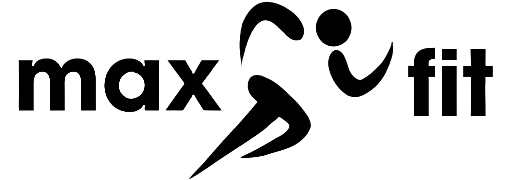When you exercise, your heart rate, body temperature, and blood flow increase to supply energy to active muscles. A cool-down serves several important physiological purposes:
- Gradual Heart Rate Reduction: By slowly reducing your activity intensity, you allow your cardiovascular system to return to its resting state safely. Abruptly stopping can cause blood to pool in your extremities, potentially leading to light-headedness or fainting.
- Enhanced Blood Flow: A gentle cool-down helps maintain blood circulation, allowing metabolic byproducts—such as lactic acid—to be removed from your muscles.
- Muscle Relaxation: As your muscles cool, they begin to relax. This can help decrease muscle tightness and may reduce the risk of post-exercise stiffness.
Studies and guidelines from organizations like the Mayo Clinic emphasize that cooling down isn’t merely “nice to have”—it is essential for optimal recovery and long-term cardiovascular health
Key Benefits of a Proper Cool Down
Cooling down properly after a workout offers several benefits:
- Reduced Risk of Injury: A gradual decrease in activity allows your muscles and joints to adapt slowly, minimizing the shock to your system.
- Improved Recovery: Continuous circulation during the cool-down helps clear metabolic waste products from muscle tissue, potentially reducing soreness.
- Mental Transition: A cool-down also provides a moment to reflect on your workout, helping shift your focus back to everyday activities and reduce overall stress levels.
The American Heart Association recommends incorporating cool-down routines to help the heart and muscles recover efficiently, setting the stage for consistent, safe exercise habits
Guidelines for an Effective Cool-Down
Duration and Intensity
- Time Frame: Aim to spend 5 to 10 minutes cooling down after your main workout. For more intense sessions, a longer cool-down may be beneficial.
- Gradual Reduction: Your cool-down should mimic the warm-up in reverse. Begin with a slower version of your exercise—for example, transitioning from a run to a brisk walk—allowing your heart rate and breathing to slowly decrease.
Techniques and Movements
- Light Cardio:
Start by walking or performing gentle cycling for 5–10 minutes. This gradual decrease in pace helps normalize heart rate and blood flow. - Dynamic Stretching:
If you performed dynamic movements during your workout, continue with low-intensity dynamic stretches. These can help maintain joint mobility while still promoting blood flow. - Static Stretching:
Once your heart rate has dropped, perform static stretches. Hold each stretch for 20–30 seconds to improve flexibility and help reduce muscle tension. Stretch major muscle groups like the quadriceps, hamstrings, calves, and shoulders. Static stretching after exercise can also help in reducing the buildup of lactic acid, which is associated with muscle soreness mayoclinic.org. - Foam Rolling (Optional):
Incorporating foam rolling during your cool-down can further release muscle tightness and improve circulation by targeting specific areas that feel particularly tense.
Cool Down Routines for Different Types of Workouts
For Cardiovascular Workouts
- Running or Cycling:
Gradually slow your pace to a walk for about 5–10 minutes immediately after your run or ride. Follow with static stretches focusing on your legs (calves, hamstrings, and quadriceps) and hip flexors.
For Strength Training Sessions
- Resistance Workouts:
After completing your sets, reduce the intensity with a few minutes of light cardio—such as walking on a treadmill—and then transition into a stretching routine that emphasizes the muscle groups you worked. For example, if you’ve been focusing on the upper body, include stretches for the chest, shoulders, and triceps.
For Team Sports or High-Intensity Interval Training (HIIT)
- Multi-Directional Movements:
After dynamic and explosive activity, engage in a cool-down that incorporates both light aerobic movements (like jogging) and a full-body stretch session. This will help ease your body from the intense, variable motions typical of team sports.
Additional Considerations
- Hydration:
Drinking water before, during, and after your workout is vital. A proper cool-down can also be the perfect time to rehydrate and replenish electrolytes. - Mindfulness:
Use your cool-down period to practice deep breathing or brief mindfulness exercises. This can help lower stress levels and improve overall recovery. - Listen to Your Body:
Everyone’s recovery needs are different. Adjust the length and intensity of your cool-down based on how you feel and the demands of your workout.
Conclusion
Cooling down after a workout is more than just a ritual—it’s a crucial step that aids in the gradual recovery of your heart, muscles, and joints. By spending 5 to 10 minutes on light cardio, dynamic movements, and static stretching, you not only help your body transition safely to a resting state but also pave the way for reduced muscle soreness and better long-term performance. Embrace these evidence-based strategies to optimize your recovery and safeguard your health, ensuring you’re ready for your next workout.
